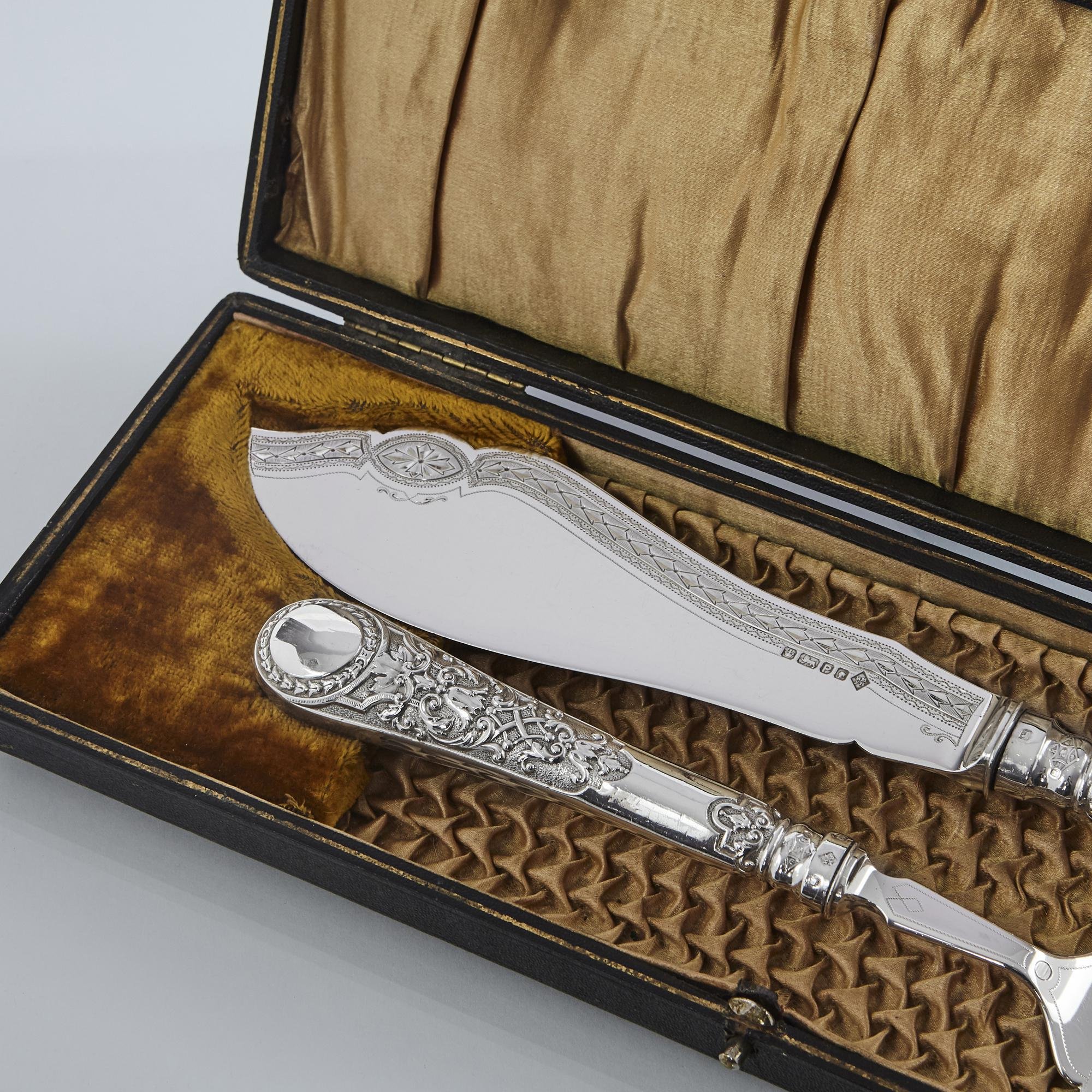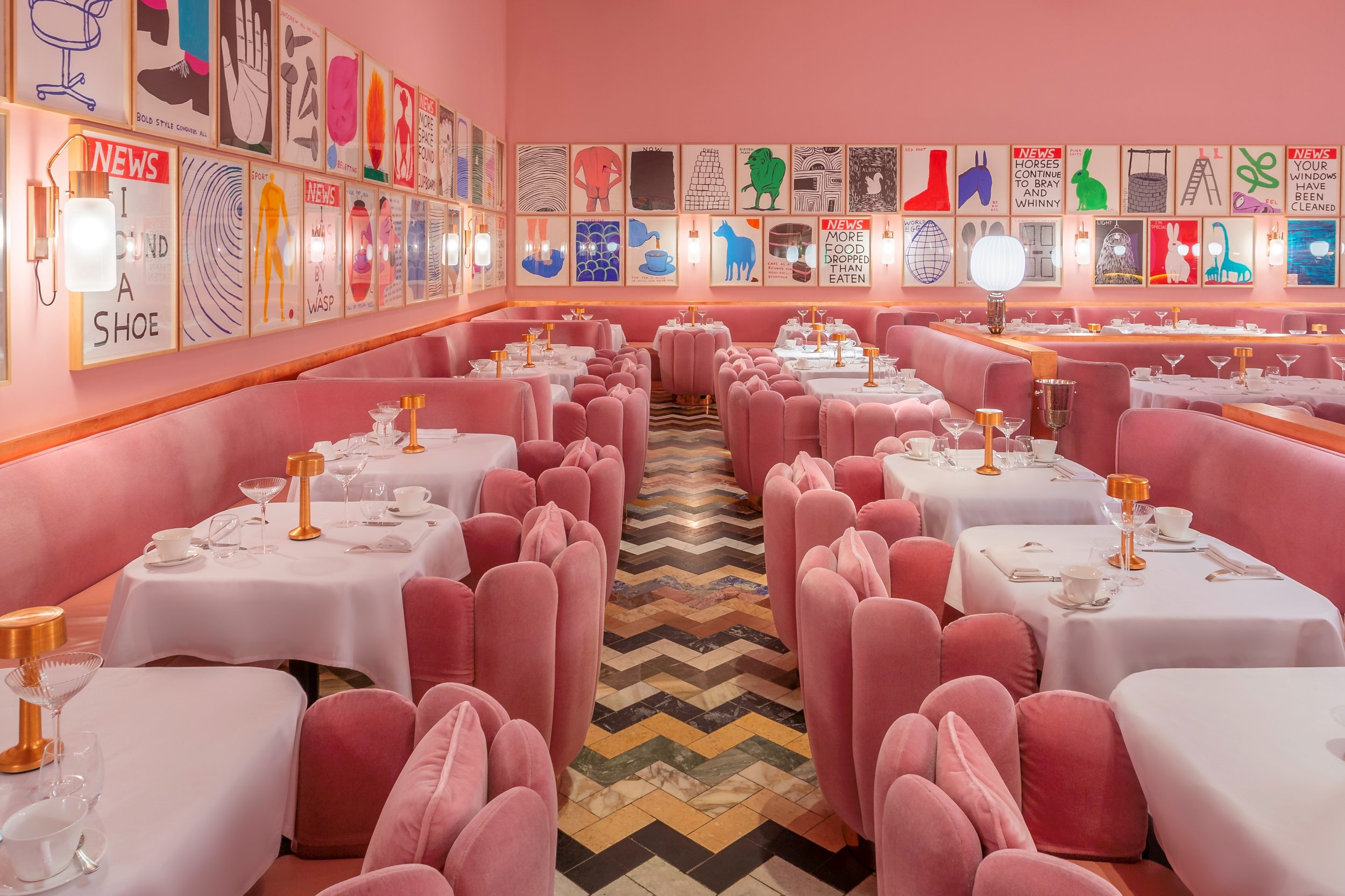Collecting in the Far East
26 October 2020
The scope of art and antiques collectors in the Far East mirrors the connected nature of global culture.
Billy Jobling
Billy Jobling is Senior Writer and Researcher in the Post-War and Contemporary Art department at Christie's, London.
In the early 1980s, the directors of London’s Lefevre Gallery flew to Tokyo. They carried thick files detailing their large stock of Impressionist art. ‘The story’, Gerry Farrell tells me, ‘is that they sold all the paintings in the taxi from the airport.’
It’s a tale that feels very of its time: the high-octane economy of booming Japan, old-school European dealers expanding their horizons, sales closed over the car-phone. The cliché is that the emerging Far Eastern market was somewhat naïve about the Western art being sold to them. While enthusiastic, however, these collectors were far from unsophisticated.
‘In many ways, it’s the same today as it was then’, says Farrell, whose Sladmore Gallery had an outpost in Tokyo at the time. ‘Japanese buyers like to buy the very best of anything, whether it’s Impressionist paintings, furniture, or antique porcelain.’ What immediately struck him among the visitors to his gallery was their connoisseurship and genuine interest in art. They were ‘moved, touched, fascinated by what we had to offer’, he says, and showed ‘a far greater appreciation for aesthetic quality’ than many of his British clients.
At that time, Gerry remembers, a businessman might send in his secretary to make a purchase. Since then, the market has developed a whole infrastructure of private advisors and curators – many of them previously employed by major museums or auction houses – who help clients to build their collections. And where the initial focus might have been in antiques and Impressionist art, today’s Far Eastern portfolios are diverse.
‘It’s a general mix’, says Bernard Shapero, of Shapero Gallery. ‘All the artwork and porcelain that was made for export is considered to be for foreigners, not Chinese people, and they haven’t yet really embraced buying that. But some love old, some hate old, some love modern, some hate modern. It’s become in that sense like the rest of the world. Clearly contemporary art is very desirable, as are Ming vases, so to speak.’
The Chinese billionaire Liu Yiqian is a case in point. He’s best known in the West for buying a $170-million Modigliani nude at Christie’s New York in 2015 – at that time the second-most expensive artwork ever sold – and paying for it with his American Express card. The previous year, however, he had also twice broken the records for Chinese art at auctions in Hong Kong, spending $36.6 million on a Ming dynasty cup, then, a few months later, $45 million on a 15th-century Buddhist tapestry.
The Japanese collector Yusaku Maezawa has a similarly two-pronged approach. His renowned contemporary art collection is led by a Jean-Michel Basquiat painting, which famously cost him $110.5 million in 2017. But he also seeks out Japanese antiquities, with a particular interest in 17th-century tea-ware and the rare Buddhist statuary of the Heian Period (749-1185).
Ancient Buddhist sculpture is popular across Japan, China and India, in all of whose histories the religion has played an important role. And Europe can be a good place to buy it. Joost van den Bergh, who deals largely in Indian and Japanese art, has sold some of his finest Khmer Buddhist statues – made in 9th-10th century Cambodia – to a ‘Western-orientated’ Japanese collector, who was a frequent visitor to Europe. ‘I’d imagine if he had found the same thing in Japan it might have been more expensive,’ he says, ‘because it’s a very small, dedicated market there.’
Van den Bergh himself first travelled to Japan in search of the early Greco-Buddhist sculpture made in Gandhara, a region which straddles modern-day Pakistan and Afghanistan. ‘There was a whole development there, where sculpture was made out of schist and stucco’, he explains. ‘It’s quite East-meets-West, because a lot of the people who had travelled there with Alexander the Great in 300 BC stayed over the following generations, and they had brought Greek and Roman sculpture with them. So there’s a whole crossover of Buddhas with quite Western faces. Now, that area is very loved and sought after in Japan. They’re very ancient yet they have these very clean lines, which appeal to the Japanese. If you go to most good Japanese museums, they’ll have the best Gandhara sculpture you’ve ever seen there.’
These syncretic statues point to a difficult question: what makes something inherently – or even aesthetically – Chinese, or Japanese, or Western? Most traditions are more tangled than they might at first seem. Much of what the West understands as ‘typical’ Chinese porcelain caters expressly to European eyes, having been made for the thriving export market of the 16th-18th centuries. Think, equally, of the huge impact of Japonisme on 19th-century European art: van Gogh, later a prized figure in Japan’s 1980s frenzy for Western painting, was greatly inspired by the ‘floating world’ prints of Hokusai and Hiroshige. Art objects are often complex, hybrid things. Far Eastern collections themselves hold countless reminders that no culture is a monolith, and that the high-flying, globalised market of the past four decades is but a brief moment in a long, intricate and interwoven history.






